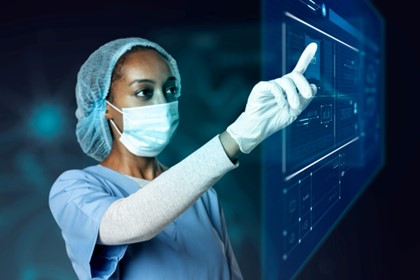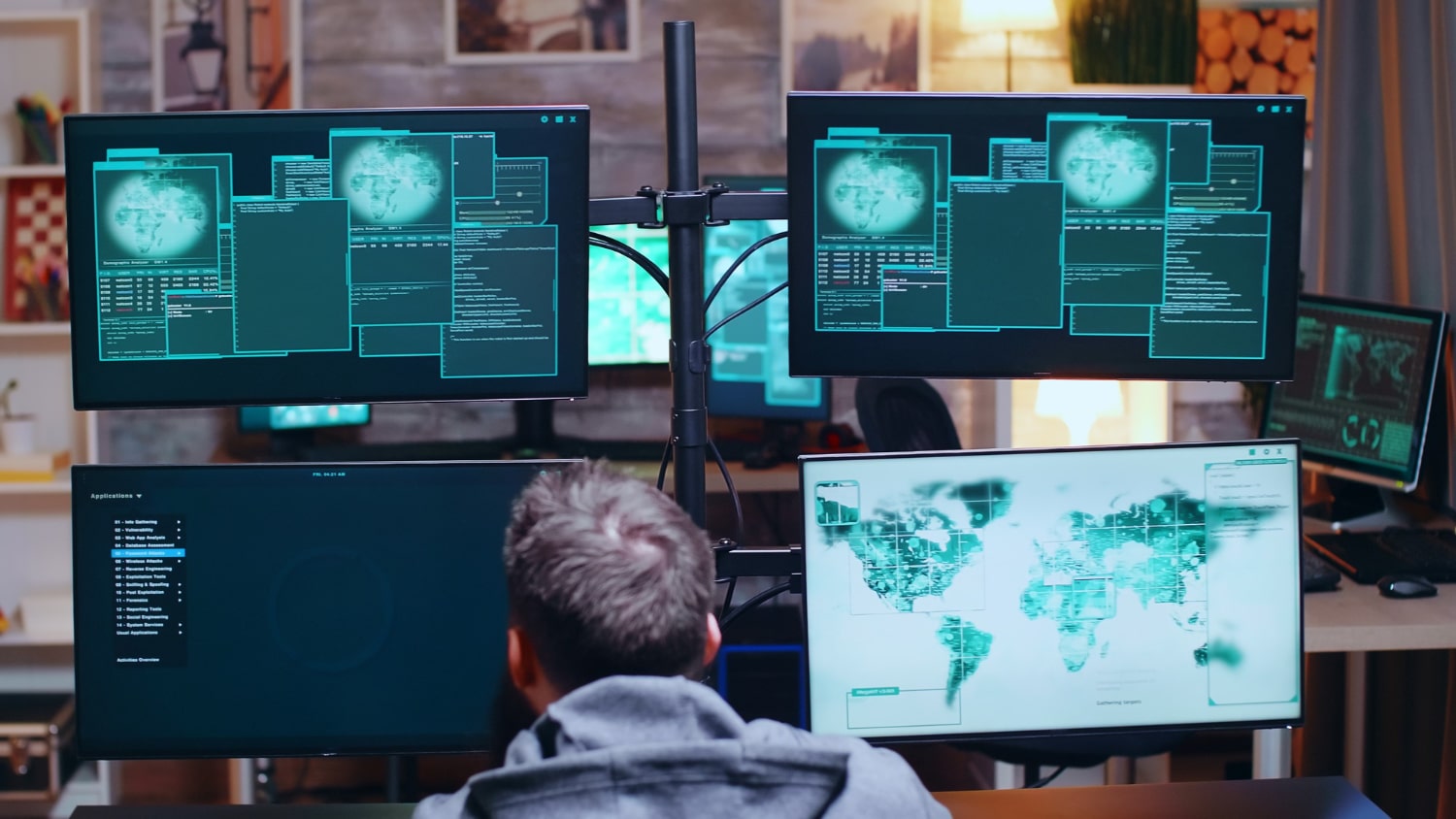Last update: 13/05/25
About 5% of patients undergoing surgery in France develop a nosocomial infection. This is why strict hygiene standards must be put in place to ensure the safety of patients and medical staff.
There are several routes of entry for microorganisms in the OR, including:
In this article, we explain how to reduce these risks of contamination in the operating room through the use of appropriate technological equipment.
Hygiene standards in the operating theatre are defined by the French standard NF S90-351. It sets out the rules to be followed to prevent nosocomial infections and ensure the safety of surgical procedures. It applies to all health establishments, public or private, which carry out surgical interventions.
The main objectives of this standard are to:
In order to achieve these objectives, the NF S90-351 standard sets precise requirements in terms of hygiene and disinfection. In particular, it requires the implementation of a cleaning and disinfection protocol for the operating theatre.
The standard also includes strict rules on the dress code for medical staff. The clothing must be sterile and appropriate for the surgical procedure in question. Shoes must be specific to the operating theatre and must not be worn outside.
Finally, the NF S90-351 standard requires the implementation of air and water control measures in the operating theatre.
Holograms are a revolution in the field of interactive “mixed reality” technology.

The hands of healthcare professionals are considered to be the most common vector for the transmission of healthcare-associated pathogens, both in the environment and on the patient’s skin. Reducing the amount of contact between IT and audiovisual equipment, the patient and the hands of surgeons / nurses is therefore a major challenge for improving hygiene in the operating room and preventing nosocomial infections. By using a hologram in the operating room to control the screen(s), surgeons avoid touching mice, keyboards or touch screens, and thus minimise the risk of contamination.
In addition, holograms can be used to bring information from the CIO or the spatial coordinates of the area to be treated closer to the surgeon. This allows surgeons to remain focused on the procedure without having to refer to screens or paper documents.
The sterile touchscreens have an anti-microbial coating and are easy to clean to prevent the build-up of bacteria or germs. They are also equipped with capacitive touch technology that allows intuitive operation even when wearing surgical gloves. They are often used to control audiovisual equipment such as cameras, lights, monitors, recorders and data displays.
It should be noted, however, that sterile screens do not allow the level of holograms to be reached since they eliminate all contact with the screen surface.
Voice-activated surfaces allow for even more touch-free interaction. These surfaces are voice-activated, eliminating the need to touch the screen.
Several types of sensors can be used in the operating room:
The use of sensors in the operating room is particularly important for long surgical procedures. The results are visible in the room but can also be transmitted in real time to a remote monitoring screen, where the teams (or simply the OR manager) can monitor and analyse them.
Advances in sensor technology also offer advanced features to improve hygiene in the operating room. It is possible to equip rooms with ultraviolet disinfection technology, which can kill micro-organisms.
As mentioned above, one of the challenges in managing cleanliness in the operating theatre is the increased risk of contamination from human interactions. This includes not only healthcare professionals, but also visitors and technicians.
Therefore, the implementation of remote monitoring technologies can enable training, coordination and communication without the need to go into sterile environments.
A coordination area (a dedicated room or simply the office of the head of surgery) equipped with a large screen and high-performance audiovisual technologies allows for real-time communication. Cameras and microphones installed in the operating room allow team members (head of surgery, IBODE, …) to visualise the operation live, and thus collaborate efficiently and quickly solve problems that may arise during the surgery, but also to limit the number of participants and return trips to the operating room.
To help you optimise the supervision and hygiene of the operating theatre, call on experts: Motilde offers you a solution for the supervision / coordination of operating theatres, through audiovisual and digital tools. Contact us to find out more.

Copyright © 2025. MOTILDE. All rights reserved.